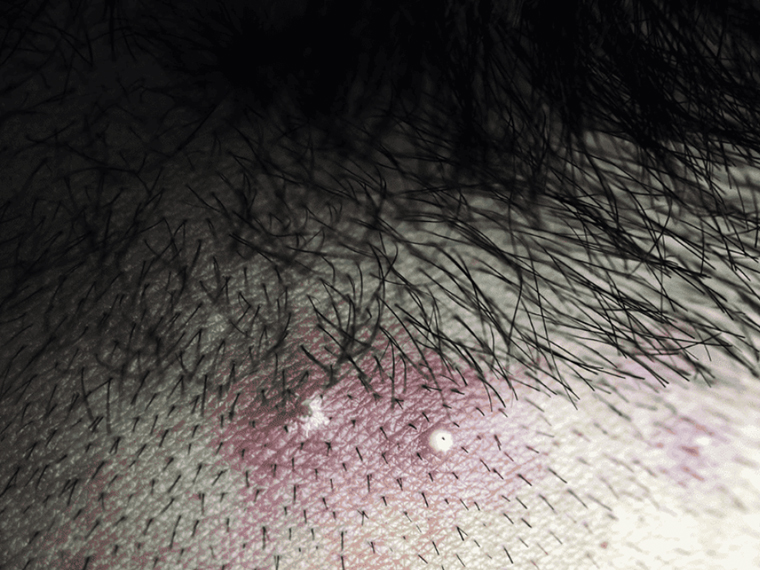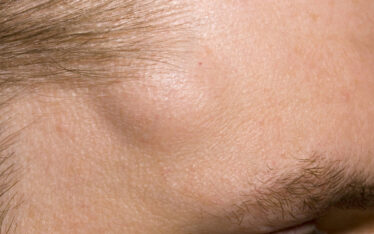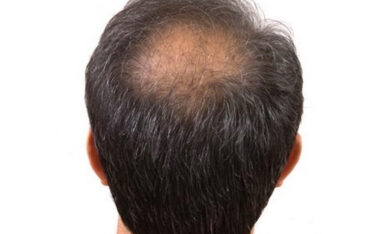Boils, medically known as furuncles, are painful, pus-filled bumps that form under the skin when bacteria infect hair follicles. While they can appear anywhere on the body, boils on the scalp can be particularly discomforting due to the sensitivity of the area and the presence of hair. Let’s delve deeper into the causes and factors that can lead to the formation of these unwelcome lumps.
1. Bacterial Infections
The primary cause of boils is the bacterium Staphylococcus aureus. This bacterium resides on the skin’s surface and in the nasal passages of many individuals without causing any harm. However, if there’s a break in the skin, such as a cut, scrape, or other injury, these bacteria can penetrate deeper layers and infect hair follicles, leading to the formation of boils.
2. Poor Hygiene
While the mere presence of bacteria doesn’t guarantee a boil, the probability increases in the presence of sweat, dirt, and oils. Not maintaining proper scalp hygiene can facilitate the accumulation of these elements, creating a conducive environment for bacterial growth and subsequent infection.
3. Weak Immune System
Individuals with a weakened immune system due to diseases like HIV, diabetes, or certain treatments (like chemotherapy) are more susceptible to bacterial infections, including boils. The body’s inability to ward off infections efficiently increases the chances of boils developing on the scalp and other body parts.
4. Friction and Irritation
Constant friction, perhaps from tight-fitting helmets or headgear, can irritate the scalp. This irritation, combined with sweat, can create a suitable environment for bacterial growth and the development of boils.
5. Other Skin Conditions
Conditions such as seborrheic dermatitis, dandruff, or psoriasis can disrupt the skin’s natural barrier, making it easier for bacteria to penetrate and cause infections.
6. Hormonal Changes
Hormonal fluctuations, especially during puberty, pregnancy, or menstrual cycles, can increase the production of oils on the scalp. An oily environment can trap dirt and bacteria, heightening the risk of boils.
7. Autoimmune Conditions
Certain autoimmune disorders like hidradenitis suppurativa can cause painful lumps and abscesses to form under the skin, including on the scalp. These can sometimes resemble boils but are caused by inflammation in the sweat glands.
Prevention and Treatment
- Maintain Good Hygiene: Regularly washing your hair and scalp with a mild shampoo can prevent the buildup of oils and dirt. Avoiding harsh products that can irritate the scalp is also vital.
- Protect the Scalp: If you’re prone to cuts or scrapes on the scalp, ensure they’re cleaned and covered to prevent bacterial infections. If you wear helmets or hats frequently, ensure they fit properly and are cleaned regularly.
- Seek Medical Advice: If you frequently develop boils, it’s essential to consult with a dermatologist or healthcare professional. They can provide appropriate treatments, which may include antibiotics or drainage of the boil.
- Boost Immune Health: Eating a balanced diet, exercising regularly, managing stress, and getting adequate sleep can help fortify your immune system, making it harder for infections to take hold.
In conclusion, while the occurrence of boils on the scalp can be distressing, understanding their causes and adopting preventive measures can significantly reduce their incidence. If you ever find yourself with a persistent or recurrent boil, always seek medical advice to get an accurate diagnosis and appropriate treatment.





